by Rodlyn-mae Banting & Ana Everhard
On March 16, the Black Student Association (BSA) held their 20th annual BSA Fashion Show. Entitled “For the Culture,” the event focused on celebrating various minority groups on campus to highlight Loyola’s students of color. Our very own classmates and peers took to the runway to express ethnic pride with everything from the costumes that they wore to the music that accompanied their walks down the runway.
While there was a wide array of Black and Latinx expression, a strong Asian American representation seemed to be missing from the overall culture of the event. But this isn’t just a phenomenon specific to the fashion show; it’s in fact merely a symptom of a larger issue of underrepresentation of Asian American students on campus. Loyola is a PWI (Predominantly White Institution) with only 22% of the student body made up of students of color. While the small percentage of students of color try to make their presence known on campus, students who identify as Asian American still lack the visibility they deserve.
Extra-curricular groups designated for students of color on campus like the African Latino Asian and Native American (ALANA) Services and the Womxn of Color Initiative Mosaic are largely comprised of Black and Latinx students who use these spaces as platforms to celebrate and uplift their cultural backgrounds. Perhaps unintentionally, this strong presence of Black and Latinx pride overshadows the full spectrum of minorities on campus. A very narrow definition of what being a person of color on Loyola’s campus looks like is constructed, both in terms of physicality and expression.
For example, conversations happening around campus surrounding standards of beauty highlight Black and Latinx physical characteristics. One scene in the fashion show was titled “Melanin Made,” with the intent to celebrate dark skin, which Asian Americans with lighter complexions cannot identify with. Similarly, just last month, the Latin American Studies Club hosted a movie screening of the film “Real Women Have Curves,” which tells the coming of age story of Mexican-American woman who must learn to embrace her natural curves.
Even in spaces where body insecurities are talked about, like in a panel talk hosted by Active Minds in the fall of 2017, the main focus of the discussion was centered around feeling uncomfortable about being sexualized from a young age and other struggles that come with having large breasts. All of these conversations surrounding ideals of beauty for women of color fail to consider that Asian American characteristics do not fit into this mold, and thus estrange them from this community.
Again and again, in many spaces on Loyola’s campus, Asian American representation is marginalized to the point of silence. While minority representation is beneficial for those who are able to fit into certain molds, Asian American students remain sidelined. Because of the strong presence and celebration of Black and Latinx culture on campus, the diversity that exists within all minority groups is not entirely encompassed, thus alienating some identities and reinforcing the powerful visibility of others.
Through a survey that we conducted amongst twelve Asian American Loyola students, we found most either disagreed or felt indifferent about whether or not there is Asian American conversations happening throughout campus. For example, when asked if their cultural background is celebrated/visible on campus, 9 out of 12 of responders either disagreed or felt indifferent. Additionally, when asked if they felt that their insecurities relating to body image/beauty were accounted for in conversations throughout campus, about ten people disagreed or felt indifferent as well.
Even more interesting, 4 out of 12 of those who took the survey, which was marketed to those of Asian descent or consider themselves as Asian-American, did not identify with the label “person of color.” At least among the Asian American students on campus, there seems to be a disparity between acknowledging their ethnic background and embracing the identity of a “person of color.”
So, why does this matter? Though the small numbers of actual Asian American students on Loyola’s campus makes it easy to sweep this issue under the rug, the negative effects that this relative invisibility has on the experiences of Loyola’s current Asian American students can actually have a profound effect on the future of Loyola as an institution. An issue that has been at the forefront of Loyola’s struggle with diversity is its decreasing retention rates of first year students of color.
According to the university’s 2017 Fact Book, Loyola has been able to retain an average of 87% of Asian/Pacific Islander students from 2011 to 2016 as they move from their first to sophomore year. Though this statistic seems high, it still illustrates that there are a handful of students who come to Loyola each year who are potentially impacted by the relative invisibility of Asian American presence on campus and whose needs regarding identity are potentially not being met.
But the need for more visibility does not only relate to extracurricular clubs, groups, and spaces. Drawing on Loyola’s core value of cura personalis, or care for the whole self, it is also important to consider the ways in which Loyola’s curriculum is lacking in highlighting the diversity of knowledge as it relates to the identities of its student bodies. Though the Latin American Studies and African American Studies minor have gained popularity in the past few years at Loyola, the Asian Studies minor seems to have lagged behind.
In addition to not having many students pursuing it, it seems as though this minor in particular is the most limited in terms of which disciplines offer classes that fit under this minor. In providing a very narrow source of knowledge relating to Asian culture and ideology, Loyola further perpetuates the silencing of certain conversations and hinders the expansion of what it means to be a person of color on Loyola’s campus.
In her TED Talk entitled “The Danger of a Single Story,” Chimamanda Ngozi Adichie, she warns her listeners of the danger of creating a single narrative for a specific group of people and how this perpetuates stereotypes robs that groups of their dignity. Instead, she argues for an emphasis on and appreciation for differences that celebrates diversity and honors complexity. Instead of telling a single, narrow story of what it means to be a person of color, Loyola faculty should work to incorporate Asian culture and ideology into their curriculums. For example, English professors should consider teaching works by Asian American authors in addition to those written by Latinx and Black authors.
This cycle of Asian American underrepresentation on campus not only affects the current students at Loyola, but the incoming ones as well. Without a proper platform to celebrate the Asian American community in addition to the other minorities on campus, high school students of Asian descent may feel less inclined to attend Loyola, let alone apply. By promoting and expanding Asian Studies throughout Loyola’s curriculum, incoming Asian American first-year students could have an increased sense of community and visibility on campus. This potential increase in visibility and exposure for Asian American students could give them the representation they need to help them find their voice on campus.
Pedro Ribeiro Simões Photo, Courtesy of Flickr











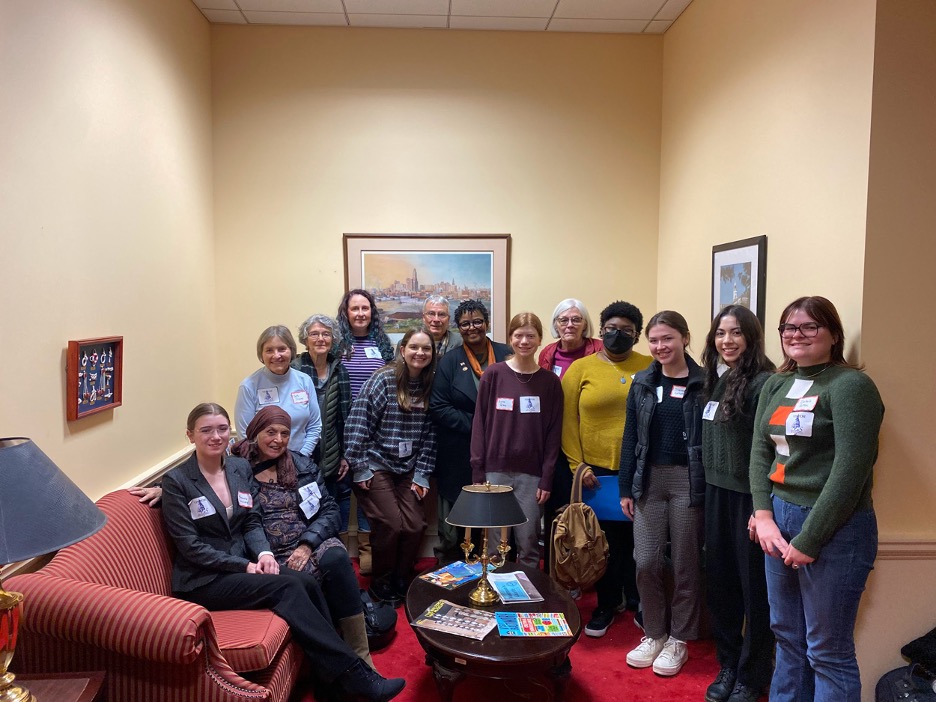











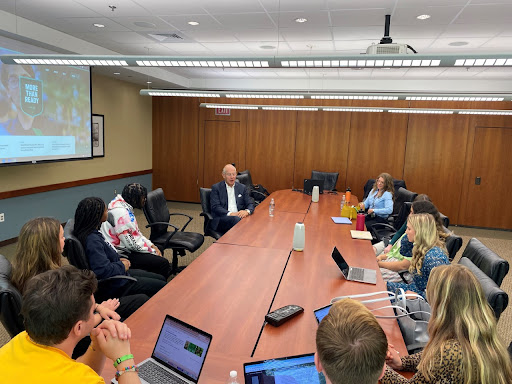




























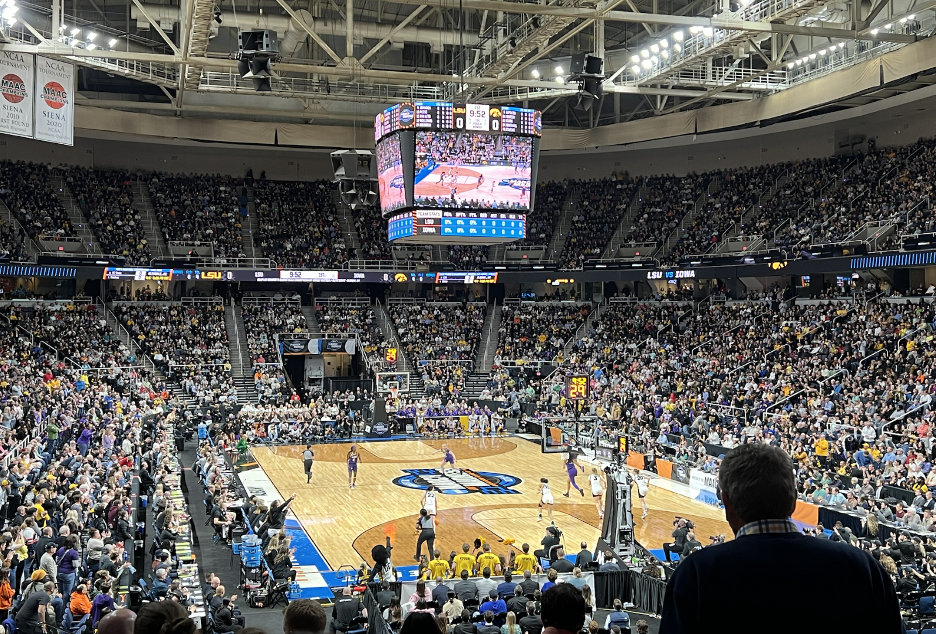











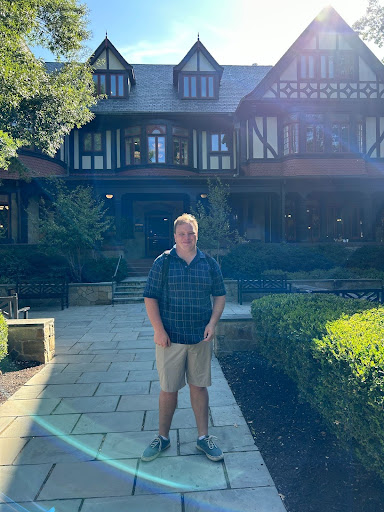


















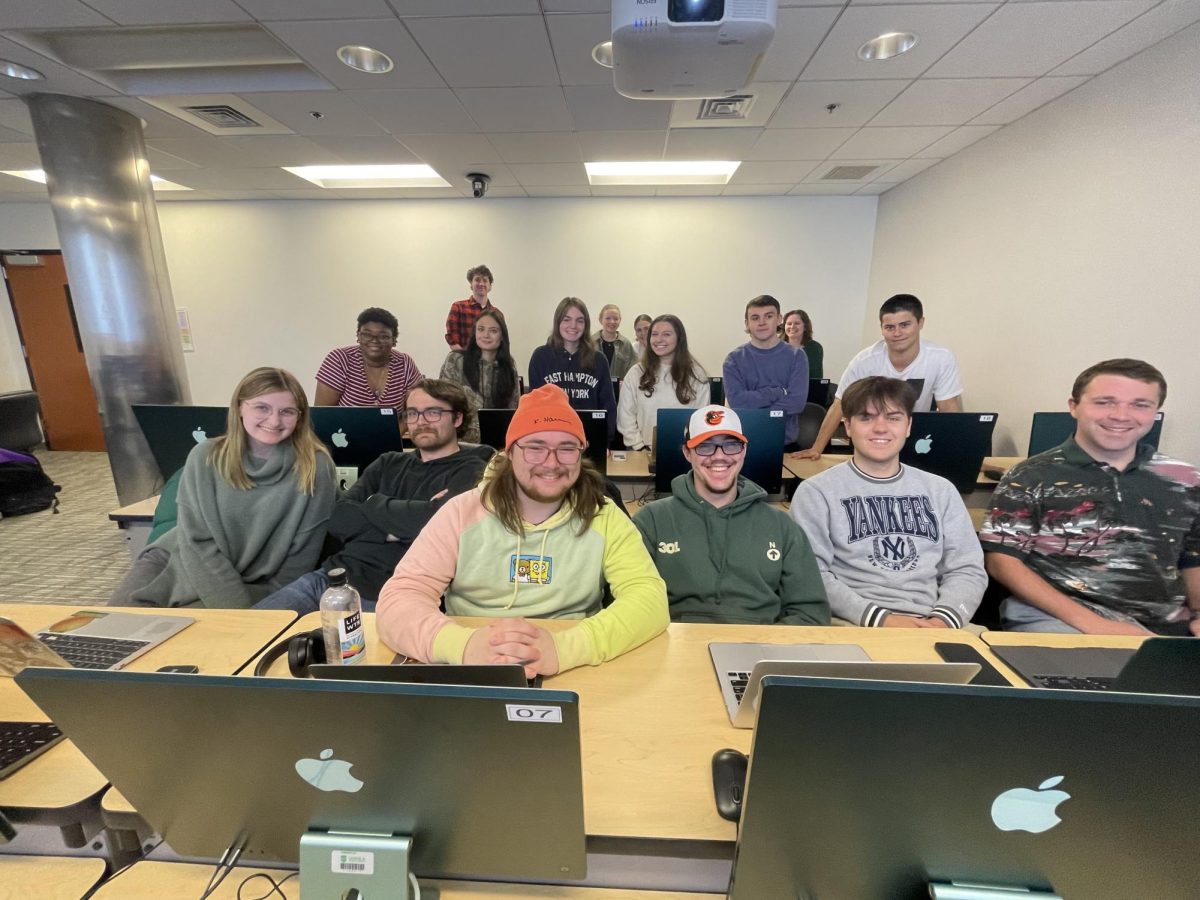




















A • Jun 17, 2018 at 11:15 pm
Very insightful and interesting article, thanks for bringing light to this and here is to hoping for more solidarity among POC and awareness in the Asian American community!